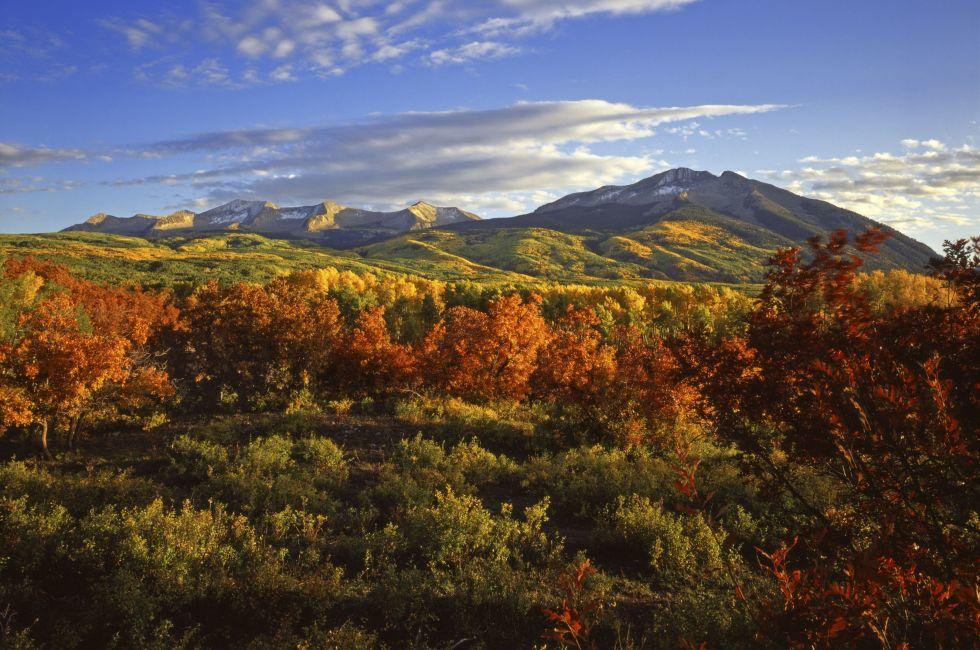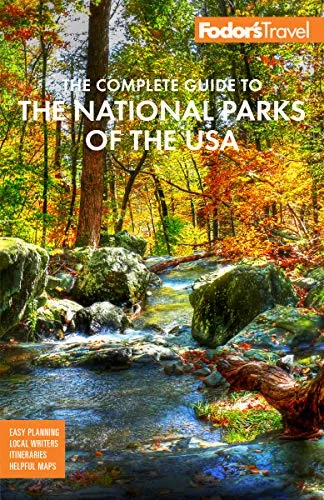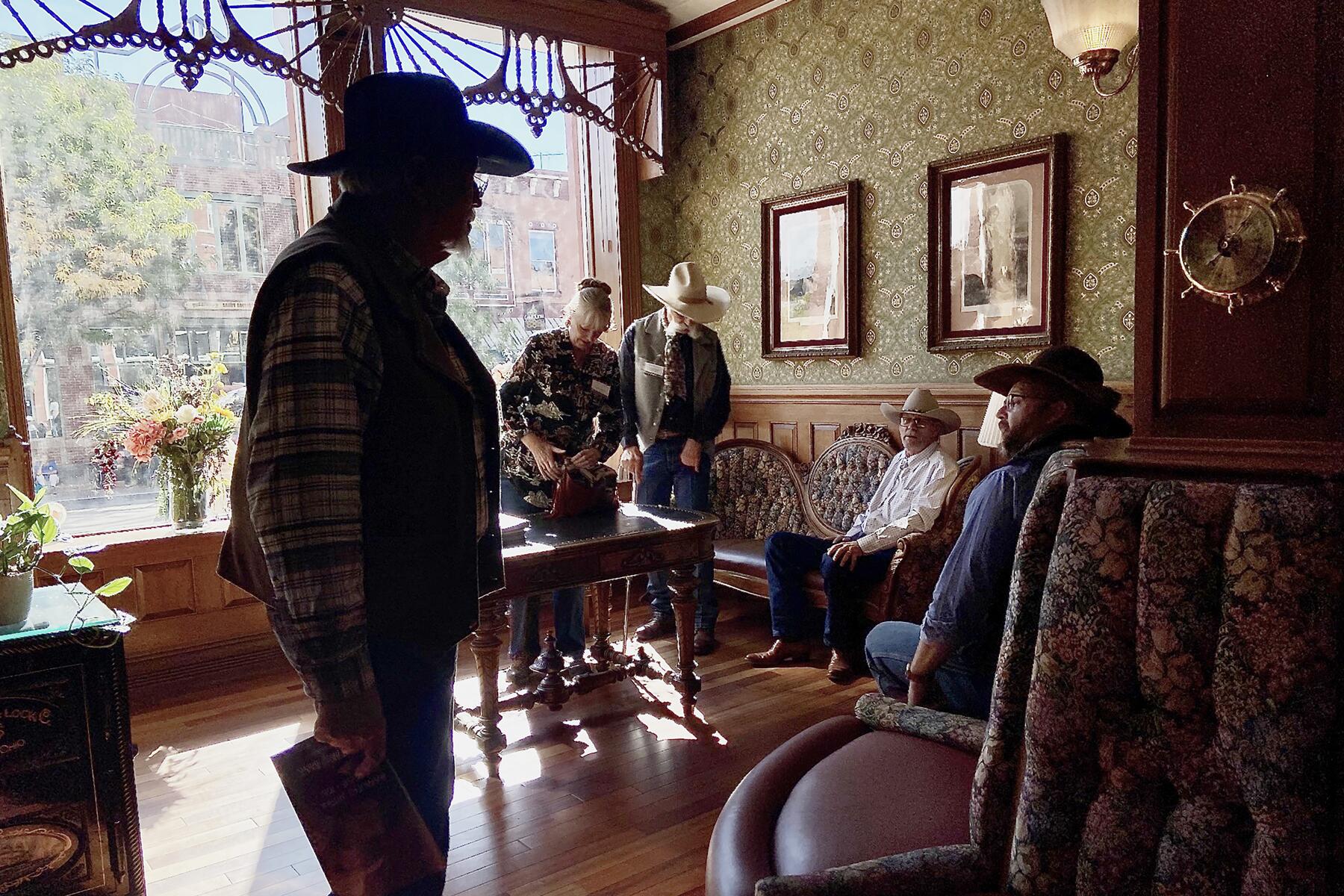Black Canyon of the Gunnison National Park
Black Canyon of the Gunnison National Park
The Black Canyon of the Gunnison River is one of Colorado's most awe-inspiring places—a vivid testament to the powers of erosion, the canyon is roughly 2,000 feet deep. The steep angles of the cliffs allow little sunlight, and ever-present shadows blanket the canyon walls, leaving some of it in almost perpetual darkness and inspiring the canyon's name. And while this dramatic landscape makes the gorge a remarkable place to visit, it also has prevented any permanent occupation—there's no evidence that humans have ever taken up residence within the canyon's walls.
Spanish explorers encountered the formidable chasm in 1765 and 1776, and several other expeditions surveyed it from the mid-1800s to the early 1900s. The early groups hoped to find a route suitable for trains to transport...
Read MoreThe Black Canyon of the Gunnison River is one of Colorado's most awe-inspiring places—a vivid testament to the powers of erosion, the canyon is roughly 2,000 feet deep. The steep angles of the cliffs allow little sunlight, and ever-present shadows blanket the canyon walls, leaving some of it in almost perpetual darkness and inspiring the canyon's name. And while this dramatic landscape makes the gorge a remarkable place to visit, it also has prevented any permanent occupation—there's no evidence that humans have ever taken up residence within the canyon's walls.
Spanish explorers encountered the formidable chasm in 1765 and 1776, and several other expeditions surveyed it from the mid-1800s to the early 1900s. The early groups hoped to find a route suitable for trains to transport the West's rich resources and the people extracting them. One such train—the Denver and Rio Grande narrow-gauge railroad, completed in 1882—did succeed in constructing a line through the far eastern reaches of the canyon, from Gunnison to Cimmaron, but ultimately concluded that the steepest and deepest part of the canyon, which is now the national park, was "impenetrable." Even so, the rail line's views were majestic enough and the passages narrow enough to earn it the moniker "Scenic Line of the World."
In the late 1800s Black Canyon explorers had another goal in mind: building a tunnel through the side of the canyon to divert water from the Gunnison River into the nearby Uncompahgre Valley, to nurture crops and sustain settlements, such as Montrose. To this day, water still flows through the tunnel, located at the Black Canyon's East Portal, to irrigate the valley's rich farmland.
Once the tunnel was complete, the focus shifted from esteeming the canyon for its resources to appreciating its aesthetic and recreational value. In 1933, Black Canyon of the Gunnison was designated a national monument, and from 1933 to 1935, Civilian Conservation Corps crews built the North Rim Road, under the direction of the National Park Service. More than 60 years later, in 1999, the canyon was redesignated as a national park. Today, the canyon is far enough removed from civilization that its unspoiled depths continue, as an 1883 explorer wrote, to “arouse the wondering and reverent amazement of one’s being.”








